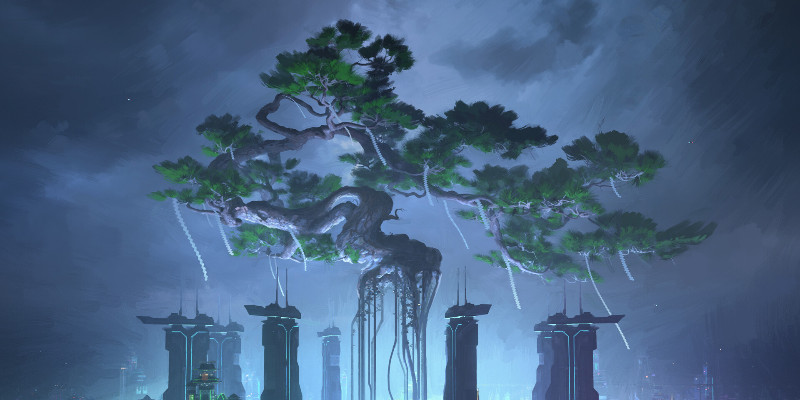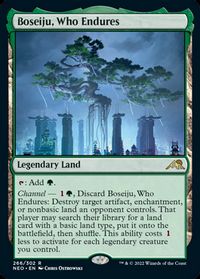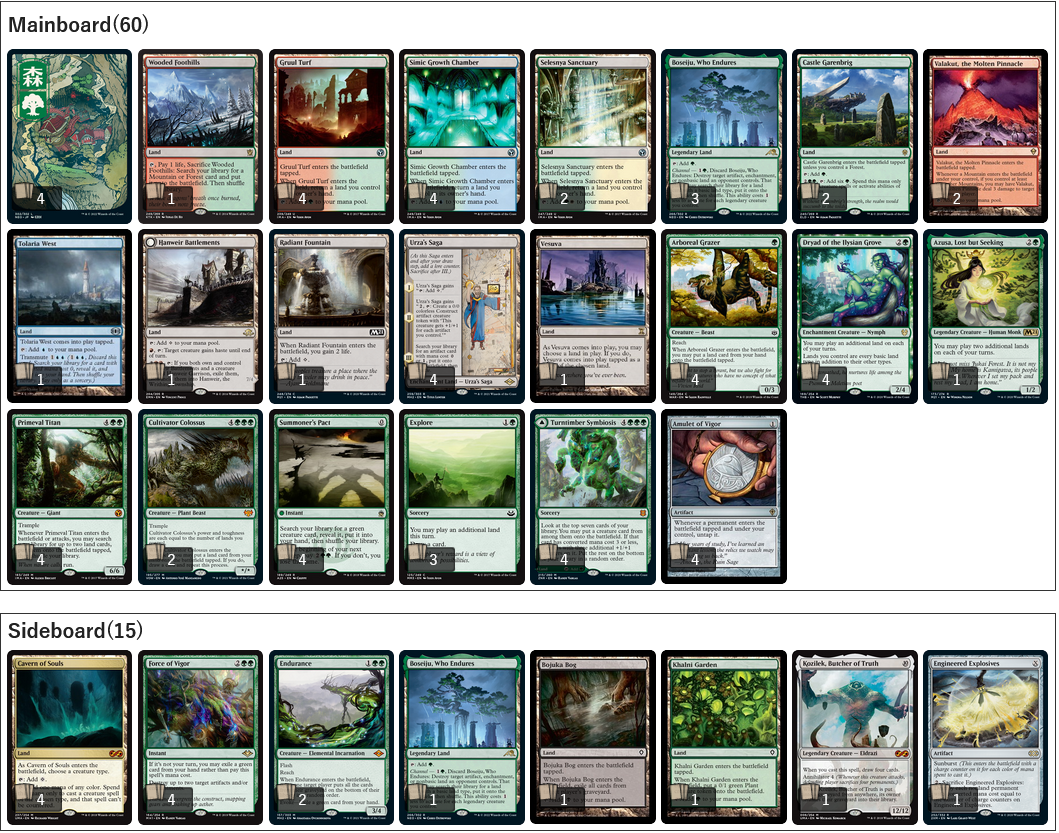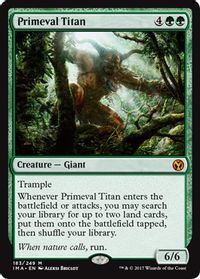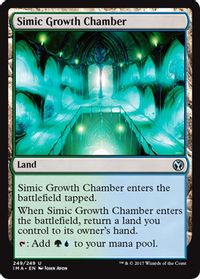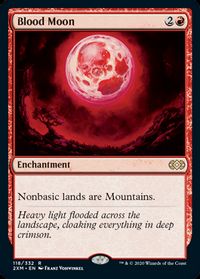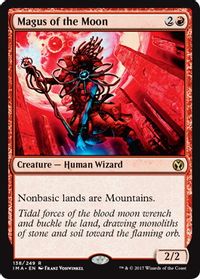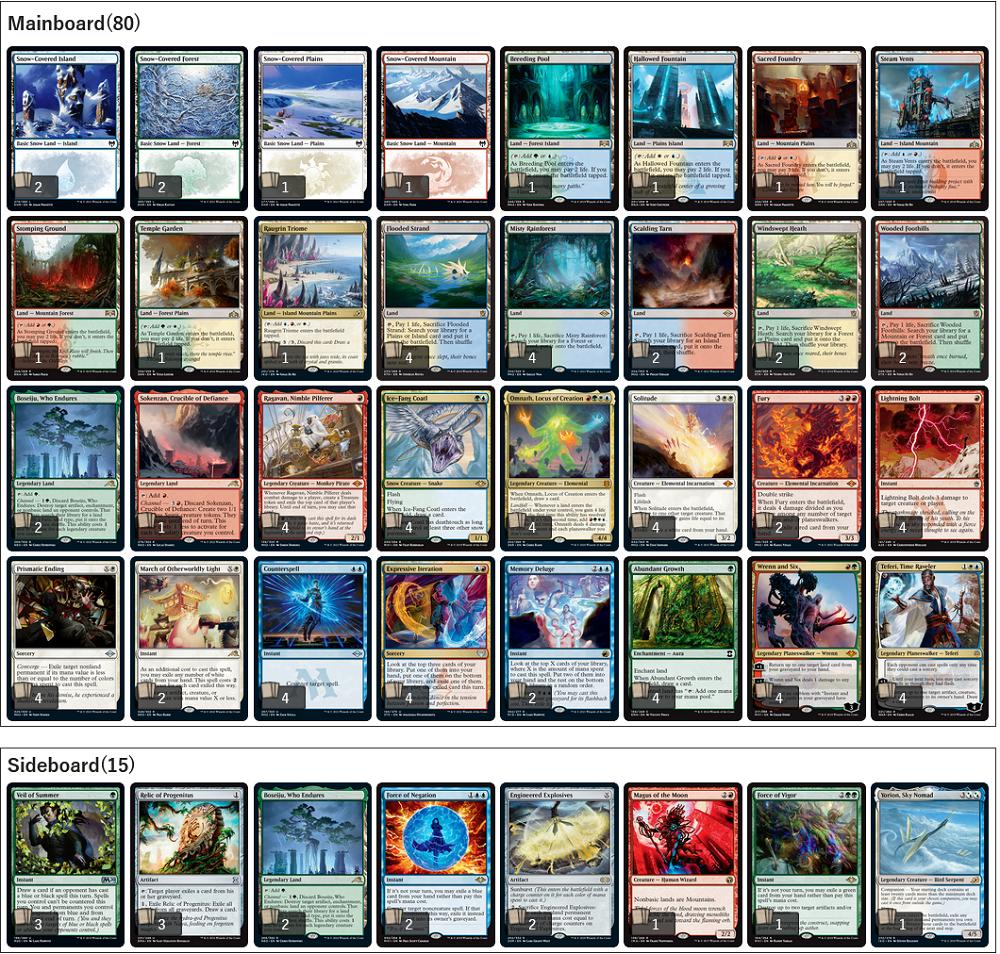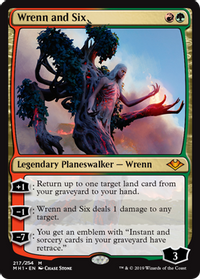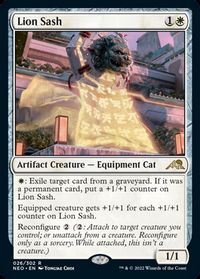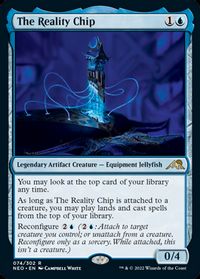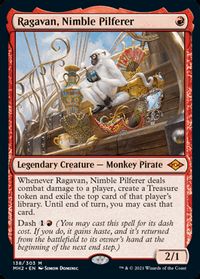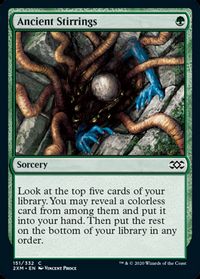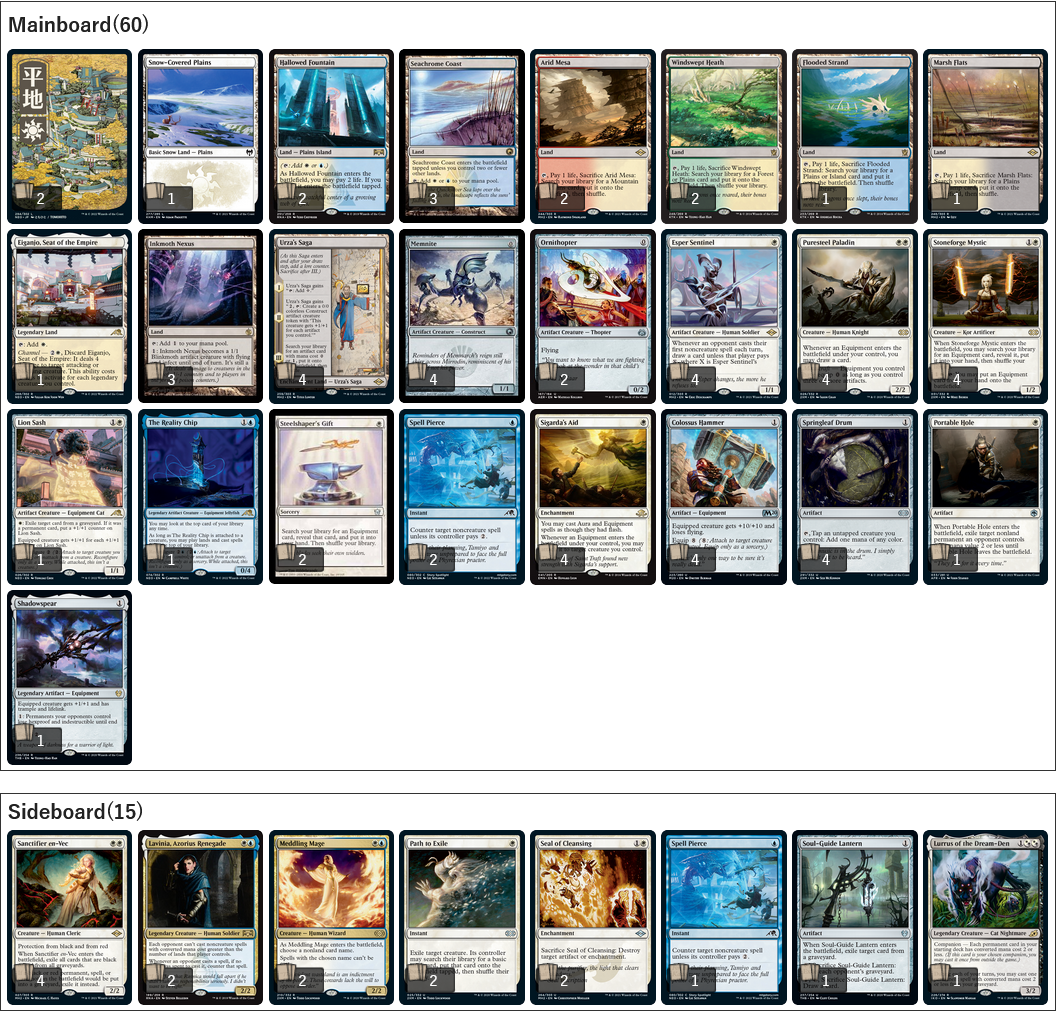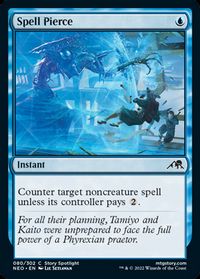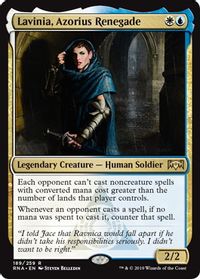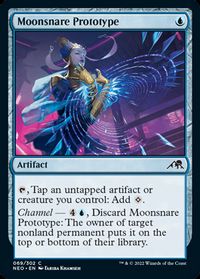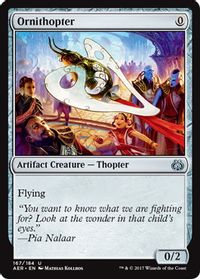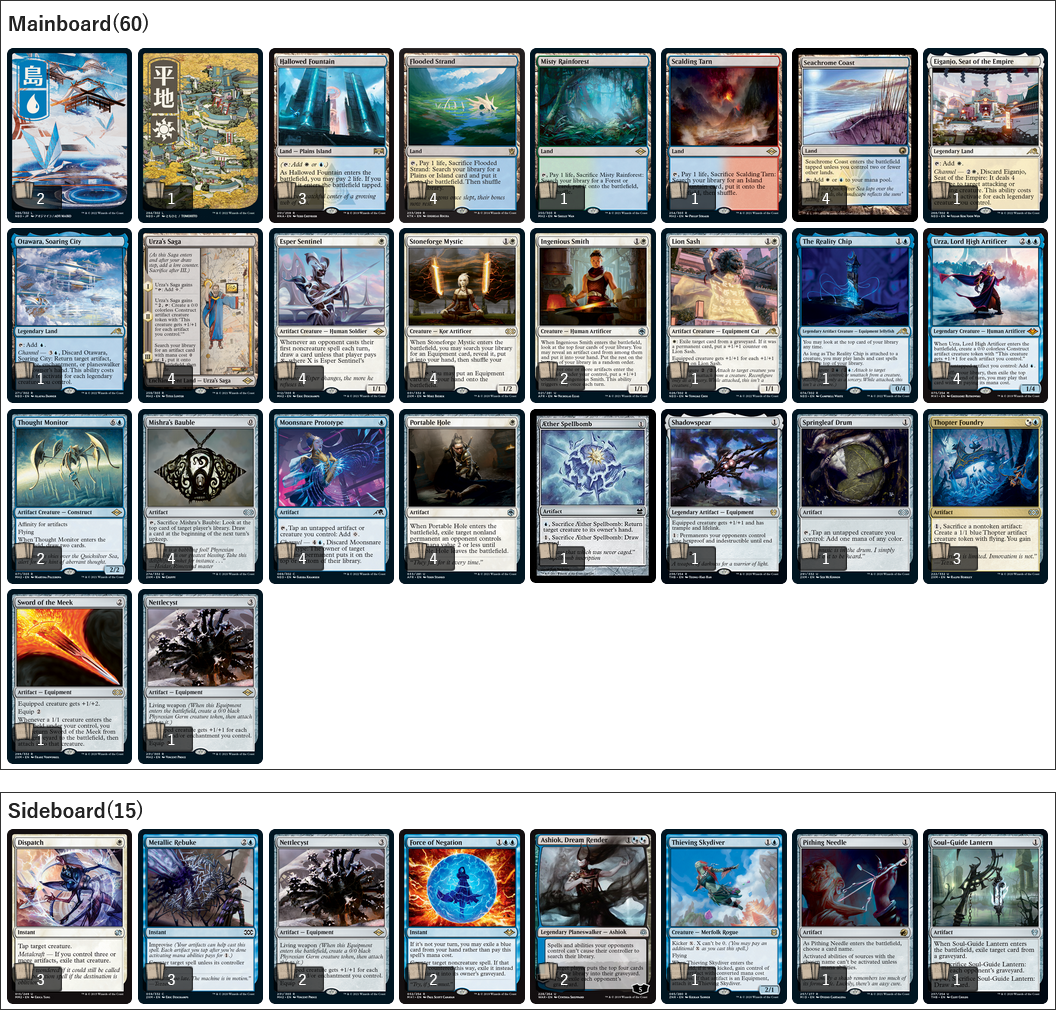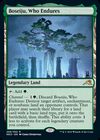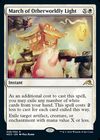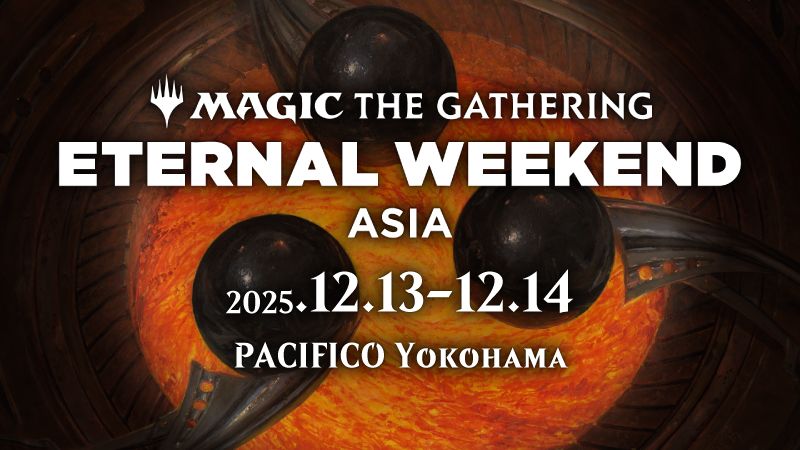Introduction
Today we will talk about the effects that Kamigawa: Neon Dynasty had on the Modern metagame so far.
The Channel Lands
Similar in concept to the Modal Double-Faced Cards from Zendikar Rising, those lands are better in that they are both painless and untapped; the only downside being the Legendary supertype. Decks that could support playing a few basics of a given color can definitely consider freerolling a single copy of their respective Channel lands into their manabase.
Very tight manabases like Grixis Shadow will struggle to incorporate them; but as we are already seeing in league and challenge decks, all kinds of decks with more relaxed color requirements will try to play a single copy of their on-color Channel lands.
《Sokenzan, Crucible of Defiance》, 《Eiganjo, Seat of the Empire》, and 《Takenuma, Abandoned Mire》 are just simple mana sink effects. If you have literally anything else going on, it’s unlikely you’ll end up using the abilities of your Channel lands.
《Sokenzan, Crucible of Defiance》 pairs beautifully with 《Wrenn and Six》, letting you loop a proactive effect each turn, while 《Takenuma, Abandoned Mire》 is a great way to recur a 《Lurrus of the Dream-Den》 over a course of a grindy game.
《Otawara, Soaring City》‘s effect is a bit more specific; not just as good of an effect in a late-game top-deck situation. Surely, bouncing something is better than doing nothing, but there is one unique interaction that makes 《Otawara, Soaring City》 stand out – the ability to bounce 《Teferi, Time Raveler》.
Channel is an activated ability; so it can neither really be countered, nor is it stopped by Teferi’s restriction, flipping the script on how invincible that planeswalker is during its controller’s turn. Cascade decks, for whom 《Teferi, Time Raveler》 always used to be a thorn in their side, really appreciate a new, effective way to deal with the Time Wizard. Even the mere existence of 《Otawara, Soaring City》 will mean that players going against cascade decks will need to play much more carefully.
《Boseiju, Who Endures》 is a bit different than the rest, in that it’s not really a generic mana sink effect, but rather a surgical point removal effect. The effect lets the owner of the targeted permanent fetch any land with basic land types, which includes Triomes and Shocklands, so there’s no mana screwing decks with normal manabases with 《Boseiju, Who Endures》.
It’s easy to include a few copies in any green deck; 《Urborg, Tomb of Yawgmoth》 decks like 《Boseiju, Who Endures》 to answer 《Pithing Needle》 or other problematic cards; Living End or Rhino decks can use it to deal with for example 《Chalice of the Void》. But you can go further with 《Boseiju, Who Endures》 if you’d like to abuse the fact it’s a land card:
Decks That Play Well With 《Boseiju, Who Endures》
Amulet Titan
Amulet Titan is one of the natural homes for the card; PuntThenWhine won the first Kamigawa PTQ with a decklist sporting a full four of those:
Amulet Titan is a deck with relatively easy access to lands, one that appreciates being able to play as many of them as it can; hitting six mana s soon as possible is obviously paramount. 《Boseiju, Who Endures》 fits there very nicely. Against Hammer Time, 《Primeval Titan》 can fetch a Bounceland and a 《Boseiju》, letting you keep up a 《Disenchant》 effect. Often that one turn bought with 《Boseiju》 will be enough to turn the tide of the game.
Another important use – 《Blood Moon》 was always one of Amulet’s biggest enemies, but 《Boseiju, Who Endures》 makes sure that the Titan deck can pack a lot of answers to the card at a low opportunity cost. For this reason, at this point, if you’d be looking for a hate card specifically against Amulet, I’d recommend 《Magus of the Moon》 as the much harder-to-kill option.
4C Yorion
A different way to abuse 《Boseiju, Who Endures》 is 《Wrenn and Six》.
4C Yorion always struggled against the fringes of the metagame; Belcher was a nightmare matchup; Tron was a pain to deal with; Amulet Titan requires fairly specific answers and it was easy to not respect it enough in the sideboard.
《Boseiju, Who Endures》, when looped every turn with 《Wrenn and Six》, gives you an easy way to win any of those matchups. On top of that, it’s a valuable tool against Hammer decks, meaning that 《Boseiju》 gives Yorion decks unprecedented amounts of sideboard coverage. Since one or two 《Boseiju》 can easily fit into the maindeck, you can even gain percentage points against those problematic matchups even without committing any extra sideboard space.
《Boseiju, Who Endures》 + 《Wrenn and Six》 loops is hard for either Tron or Amulet Titan to escape from, but is especially brutal against Belcher because it’s a straight-up land destruction effect against them.
A piece of technology that the Belcher decks should consider is a sideboard copy of a 《Stomping Ground》, to fetch with the first 《Boseiju, Who Endures》 activation. It’s tricky and costly because as long as the Shockland stays in the deck, 《Recross the Paths》 won’t function properly. You still have a decent chance of dealing enough damage with a Belcher activation, so it might be worth considering.
《Boseiju, Who Endures》 is the most important of those Channel lands because its presence can actually push players off archetypes and can be the perfect answer to some decks. The remaining Channel lands are mostly just value plays.
Hammer Time and the Reconfigure Equipments
Hammer Time, one of continuously the most consistent and strongest decks in Modern, also got a few new tools.
《Lion Sash》 gives Hammer Time a 《Nettlecyst》-like threat that doesn’t conflict with 《Lurrus of the Dream-Den》. If you draw plentiful 《Colossus Hammer》 but are light on creatures, being able to convert your 《Stoneforge Mystic》 into another threat is ideal.
The light graveyard hate is definitely a nice angle helping in a variety of situations. It’s not absolutely groundbreaking, but a very similar effect was what some players chose to give up 《Lurrus》 for in the past; which makes me think 《Lion Sash》 is useful and should find a place in Hammer Time lists.
《Lion Sash》 was maybe the more talked about of the Reconfigure Equipments, but 《The Reality Chip》 is stealing the show, causing many Hammer Time players to shift their builds towards the blue splash.
Splashing is free enough that we’ve seen Hammer Time decks splash every color so far. Red for 《Ragavan, Nimble Pilferer》 or 《Magnetic Theft》, Green for 《Ancient Stirrings》 and 《Veil of Summer》; or the most common and successful splash- black for 《Thoughtseize》.
While there were some lists toying with the blue splash, there’s one awkward problem – UW is the only White color combination without access to a desirable on-color Canopy land, meaning UW starts with less flood protection from the get-go.
《The Reality Chip》 revitalized interest in the blue splash for the past two weekends. While the equip cost is quite prohibitive, both 《Sigarda’s Aid》 and 《Puresteel Paladin》 let you equip the Chip for free, and for sure a 《Future Sight》 effect is great when it’s priced at just two mana.
I gave 《The Reality Chip》 a spin in Modern leagues, but it was hard for me to say how truly effective the effect is. While I enjoyed my tutors grabbing me 《Colossus Hammer》, 《Shadowspear》, a stand-alone threat in 《Lion Sash》, and a card advantage engine to a point where it even made me want to revisit 《Steelshaper’s Gift》, in many situations you have to ask yourself: why not just get the Hammer? If the matchup is at least somewhat tempo-related, you might end up being unable to activate the prohibitive 3 mana Reconfigure cost.
Hammer Time
On the other hand, what I was very impressed with where the other tools that the Blue splash gave to me. 《Spell Pierce》 puts opponents under a whole lot of a different type of pressure than 《Thoughtseize》 does, negating their efforts after they have already committed mana. That can hurt a lot when the game is all about efficiency, which many Hammer Time games are.
《Lavinia, Azorius Renegade》 and 《Meddling Mage》 seemed like very effective hate bears, hitting a whole slew of decks. If 《The Reality Chip》 gives Hammer Time enough grindy power to outset the lack of Canopy lands, I think the blue splash offers a lot to the deck and I expect the blue splash to be very competitive with the black one in the future.
《March of Otherworldly Light》 is Another Solid Removal Spell
《March of Otherworldly Light》 is a new removal spell, one that in practice exceeds my expectations. The natural comparison point that arises is 《Prismatic Ending》, but with extra mana added. The cost-reducing ability is an ignorable upside; only to be used in the direst of situations. We all know how much better 《Lightning Bolt》 is than 《Incinerate》 for example, so it’s not a favorable comparison!
《March of Otherworldly Light》 has two key advantages of being an instant and being able to exile 《Urza’s Saga》 for just one mana. Regardless of how strong 《Prismatic Ending》 is, sorcery speed removal can be exploitable. Especially straight-UW control decks will appreciate extra and easier ways to deal with dashed 《Ragavan, Nimble Pilferer》, but moreover, the anti-《Urza’s Saga》 application of the card will make it able to compete with 《Spreading Seas》 as the best maindeckable 《Urza’s Saga》 hate.
For example, I’m currently leaning towards skipping 《Spreading Seas》 entirely in my 4C Yorion decklists and replacing them with the more flexible removal spell.
《Moonsnare Prototype》 Struggles to Find Its Footing
《Moonsnare Prototype》 reignited interest in Affinity for a moment, but it didn’t quite have a breakthrough yet. When paired with four 《Springleaf Drum》, powering out very quick 《Thought Monitor》 or powerful four-drops like 《Urza, Lord High Artificer》, or the new 《Tezzeret, Betrayer of Flesh》 becomes possible, but it comes with numerous challenges.
Playing an extremely polarized curve of tons of 《Memnite》 and 《Ornithopter》 on one side and relatively expensive payoffs on the other will produce very uneven hands, where mulliganing or getting interacted with early will leave you with many uncastable bombs stranded in your hand; 《Urza’s Saga》 being a land that eventually sacrifices itself doesn’t make it easier.
I don’t know if that issue is avoidable or just intrinsic enough to those 8-drum builds; all I know is that if there are good builds of Affinity or other artifact decks out there, they will likely take a while to get figured out.
One other approach that I haven’t seen explored as much as 8 drums are using 《Moonsnare Prototype》 as a way to ramp towards 《Urza, Lord High Artificer》 in a non-creature artifact-based shell, alongside the very mana-hungry 《Thopter Foundry》 combo. An example decklist could look something like this:
UW Thopter Sword Combo
Kamigawa brought a breath of fresh new air to Modern! Lots of archetypes receive meaningful updates or options and I’m sure the metagame will continue evolving as players explore new cards.
Piotr Glogowski (Twitter / Twitch / Youtube)


